Product Consultation
Your email address will not be published. Required fields are marked *
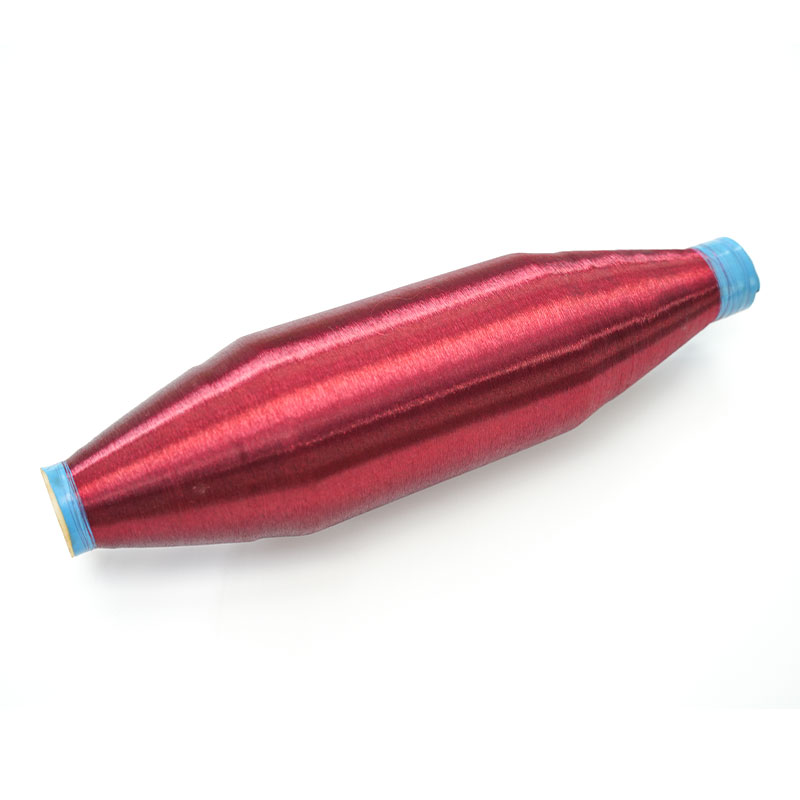
How fast does biodegradable yarn degrade under different environmental conditions?
Nov 05,2025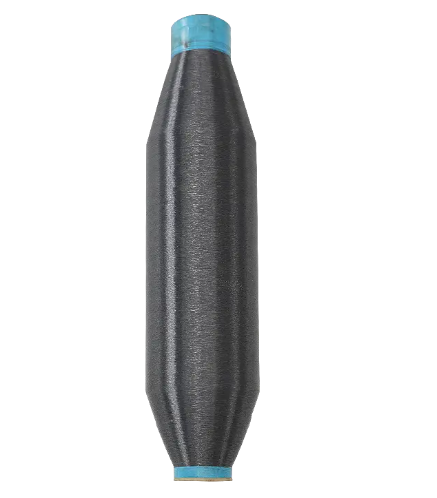
How to ensure the uniformity and strength stability of nylon multifilament yarn during the production process?
Oct 22,2025
Is color difference control and batch stability guaranteed for nylon mother yarn?
Oct 15,2025The growing concern over environmental sustainability has led to the increased use of biodegradable materials in various industries, including textiles. Biodegradable yarn, made from natural fibers or biodegradable synthetic polymers, is one such material that has garnered attention for its potential to reduce environmental impact. As the textile industry shifts toward more sustainable practices, understanding the degradation process of biodegradable yarn under different environmental conditions becomes critical. This article explores how biodegradable yarn degrades in various environments, the factors that influence this degradation, and the implications for both manufacturers and consumers.
Biodegradable yarn is a type of yarn that is designed to break down naturally through the action of microorganisms such as bacteria and fungi. Unlike traditional synthetic yarns made from petroleum-based products, biodegradable yarn is made from natural fibers such as cotton, hemp, or wool, or from biodegradable synthetics like polylactic acid (PLA) or polyhydroxyalkanoates (PHA). These fibers can degrade into natural substances like carbon dioxide, water, and biomass when exposed to certain environmental conditions, making them more environmentally friendly than non-biodegradable alternatives.
Biodegradable yarn is commonly used in the manufacturing of textiles, clothing, and other fabric-based products. With the increasing consumer demand for sustainable products, biodegradable yarn has emerged as an important material in the quest for eco-friendly fashion and textile production. However, understanding how quickly and efficiently this yarn degrades under various conditions is essential for assessing its environmental benefits.
The degradation rate of biodegradable yarn is influenced by a variety of environmental factors, including temperature, humidity, exposure to sunlight, and microbial activity. The specific composition of the yarn—whether it is made from natural fibers or biodegradable synthetics—also plays a significant role in determining its degradation speed. These factors interact in complex ways, and the degradation process is not linear. Below, we will explore how each of these factors affects the breakdown of biodegradable yarn.
Temperature is one of the most influential factors in the degradation of biodegradable yarn. Higher temperatures generally accelerate the degradation process, as heat increases the metabolic activity of microorganisms that break down organic materials. For example, in warmer climates or environments with higher average temperatures, biodegradable yarn made from natural fibers like cotton or hemp may degrade more quickly compared to regions with cooler temperatures.
In industrial composting facilities, where temperatures are deliberately raised to promote faster breakdown, biodegradable yarn may decompose within a matter of months. On the other hand, in cooler environments, such as outdoor environments with low temperatures or in soil, the degradation process can take much longer. The type of biodegradable yarn also plays a role—synthetic biodegradable yarns like PLA may degrade more slowly in cool temperatures compared to natural fibers like cotton or wool.
Moisture is another critical factor influencing the degradation of biodegradable yarn. Biodegradation requires a certain level of moisture to facilitate the growth of microorganisms that break down the material. In moist environments, such as compost heaps or areas with high humidity, biodegradable yarn tends to degrade faster due to the presence of water, which supports microbial activity. Conversely, in dry environments, such as arid regions or indoor spaces with low humidity, the lack of moisture can significantly slow down the breakdown process.
The presence of moisture also interacts with temperature. In environments with both high humidity and high temperatures, biodegradable yarn will typically degrade at a faster rate than in environments that are dry or cold. This combination of factors can be particularly important for textiles used in outdoor applications, such as biodegradable fishing nets or agricultural fabric, where exposure to the elements plays a key role in the yarn's degradation.
Exposure to sunlight, specifically ultraviolet (UV) radiation, can also influence the degradation of biodegradable yarn, particularly for synthetic biodegradable materials. UV radiation can break down the chemical bonds in synthetic polymers such as PLA, leading to a process known as photodegradation. This type of degradation occurs when the yarn is exposed to sunlight, causing it to weaken and break down faster than it would in the absence of light.
Natural fibers, such as cotton, hemp, and wool, may not degrade as quickly when exposed to UV radiation alone, but sunlight can still play a role in the overall degradation process. For example, prolonged exposure to sunlight may cause these fibers to become brittle, which may make them more susceptible to microbial attack when moisture is present. Therefore, the combination of sunlight and moisture can accelerate the degradation of biodegradable yarn, particularly in outdoor environments.
Microbial activity is perhaps the most important factor in the degradation of biodegradable yarn. For natural fibers like cotton, wool, and hemp, bacteria, fungi, and other microorganisms are responsible for breaking down the fibers. These microorganisms consume the organic material in the yarn and convert it into simpler compounds, ultimately returning the material to the soil as carbon dioxide, water, and biomass. The presence of these microorganisms is essential for biodegradation to occur, which is why biodegradable yarn typically degrades faster in environments where microbial populations are abundant, such as composting facilities.
Synthetic biodegradable yarns, such as those made from PLA or PHA, are also susceptible to microbial degradation, although the process may be slower than with natural fibers. The polymers in these materials are designed to be broken down by specific microorganisms, although they may require certain conditions—such as higher temperatures or specific soil conditions—to promote microbial activity. In environments where microorganisms are less abundant or less active, such as in sterile or industrial settings, the degradation of synthetic biodegradable yarn may be delayed.
In soil, the rate at which biodegradable yarn breaks down depends on a variety of factors, including the composition of the soil, its temperature, moisture levels, and microbial population. In a typical garden soil with moderate moisture and temperature, biodegradable yarn made from natural fibers may take several months to a few years to degrade completely. Synthetic biodegradable yarns, however, may take longer due to the need for specific conditions that favor their breakdown.
In composting environments, where conditions are optimized for microbial activity (with high temperatures, moisture, and aeration), both natural and synthetic biodegradable yarns tend to degrade faster. Composting facilities can break down biodegradable yarns in a matter of months, depending on the material and the processing conditions. However, this process requires carefully controlled environments to ensure that the yarn degrades properly without leaving behind harmful residues.
The environmental impact of biodegradable yarn is generally positive compared to traditional synthetic yarns. Biodegradable materials break down naturally, reducing the accumulation of non-biodegradable waste in landfills and oceans. However, the speed at which biodegradable yarn degrades can vary significantly based on environmental factors. In areas with limited moisture, microbial activity, or temperature fluctuations, biodegradable yarn may not break down as quickly as expected, leading to longer persistence in the environment.
Furthermore, the use of biodegradable yarn does not eliminate the need for responsible disposal practices. While biodegradable yarn is designed to break down over time, improper disposal, such as littering in non-compostable environments, can still have negative environmental effects. Proper disposal in composting facilities or environmentally controlled environments is essential to ensure that biodegradable yarn fulfills its ecological promise.
Your email address will not be published. Required fields are marked *
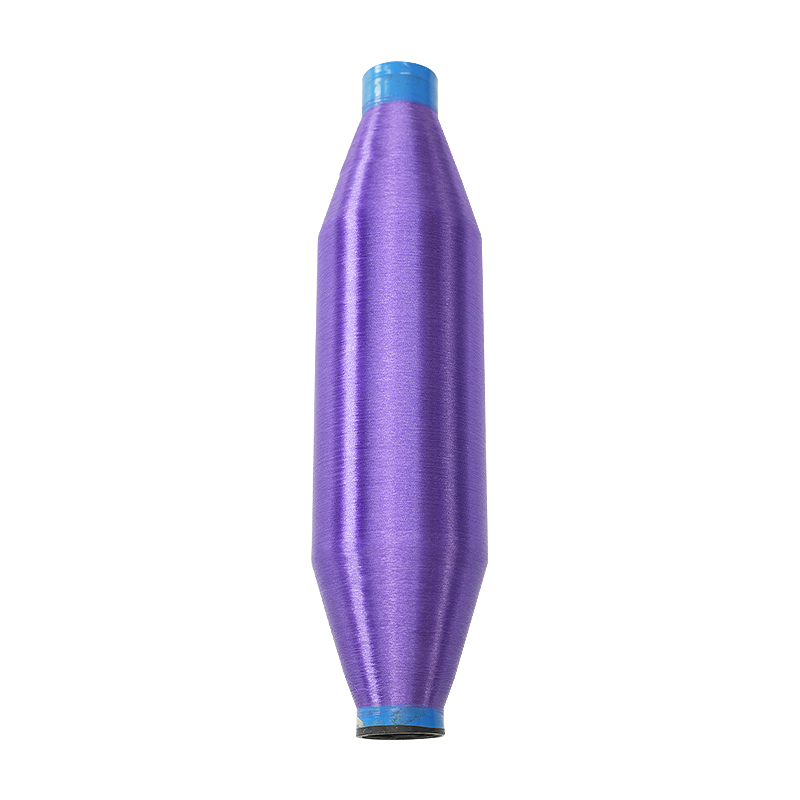
Single Strand Biodegradable Yarn is a single-strand structure, consisting of a single fiber bundle with no multiple strands tangled together. This structure makes the yarn softer, and smoother and exh...
See Details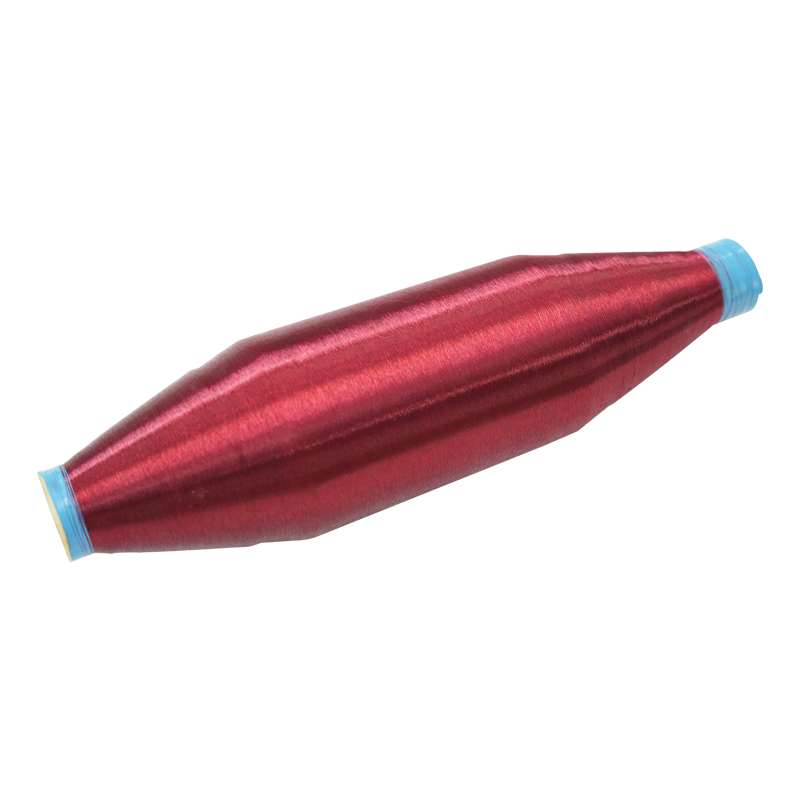
Antiviral nylon Monofilament Yarn can inhibit the survival of viruses on the surface of the yarn, which can effectively reduce the risk of virus transmission and improve user safety. The yarn has a mo...
See Details
60D woven Antiviral Yarn is thin overall and suitable for making light and soft textiles. Nylon fiber has a soft feel and good breathability. This yarn is usually used to weave fabrics and can be made...
See Details
300D Nylon Mother Yarn is made of nylon material, a synthetic fiber with abrasion resistance, strength and durability. It is therefore suitable for manufacturing various types of textiles, such as clo...
See Details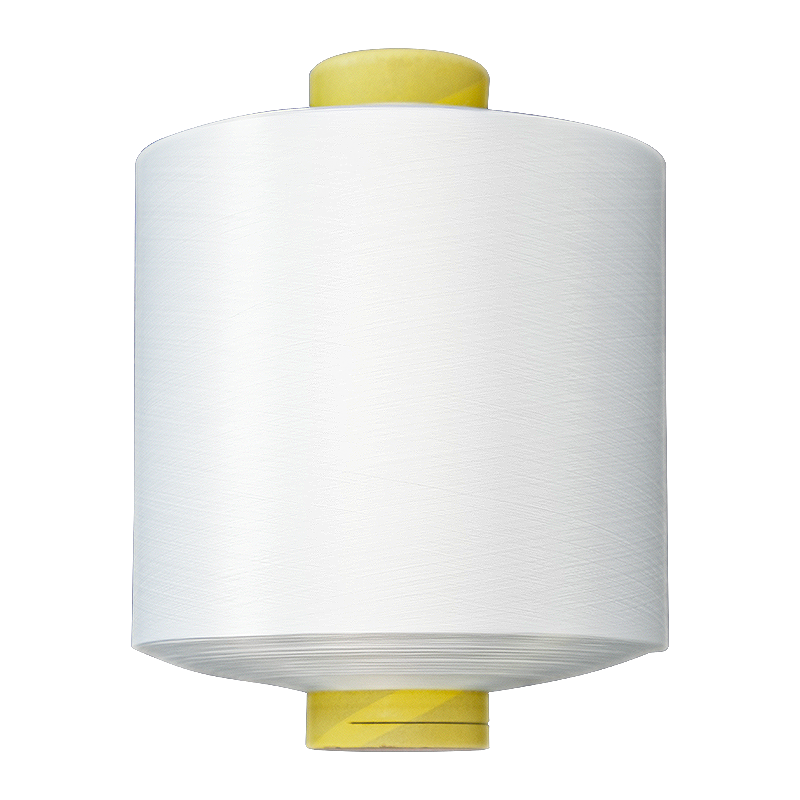
Nylon stretch sportswear yarn is a yarn used to make sportswear and other clothing that require high breathability. Nylon fiber has good breathability, which helps to wick away perspiration and keep t...
See Details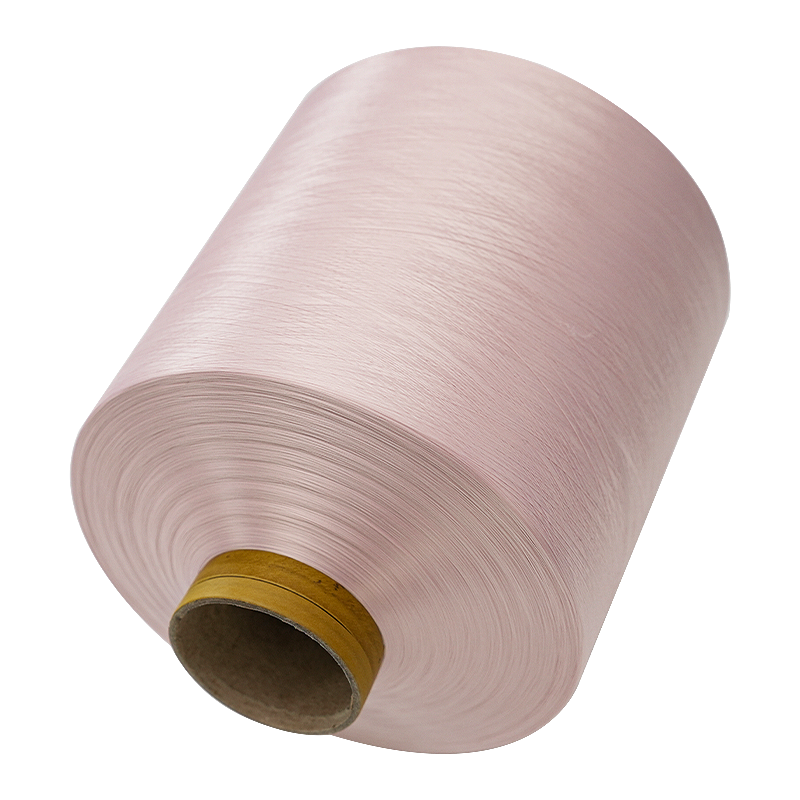
Double-strand nylon elastic yarn is a composite yarn composed of two strands of yarn. It has high strength, maintains stable performance even in a stretched state, and is not easy to break or deform. ...
See Details
100D Nylon Elastic Yarn has a moderate thickness and good dyeing properties, which can achieve uniform and durable dyeing effects, making textiles bright and long-lasting in color. A yarn frequently u...
See Details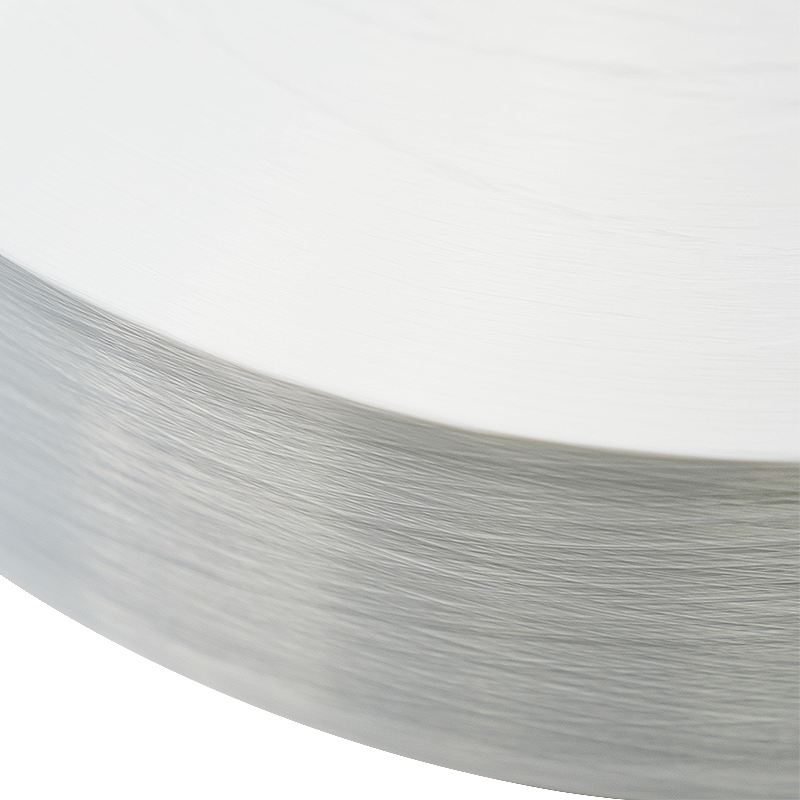
Polyester FDY yarn for weaving has high strength. After FDY yarn is fully stretched, the strength is even better and is suitable for manufacturing fabrics requiring high strength. The fabric made usin...
See Details
Fully stretched polyester blended yarn is made of a blend of polyester and nylon. Polyester itself has good wear resistance. After full stretch processing, the strength and softness of the yarn increa...
See Details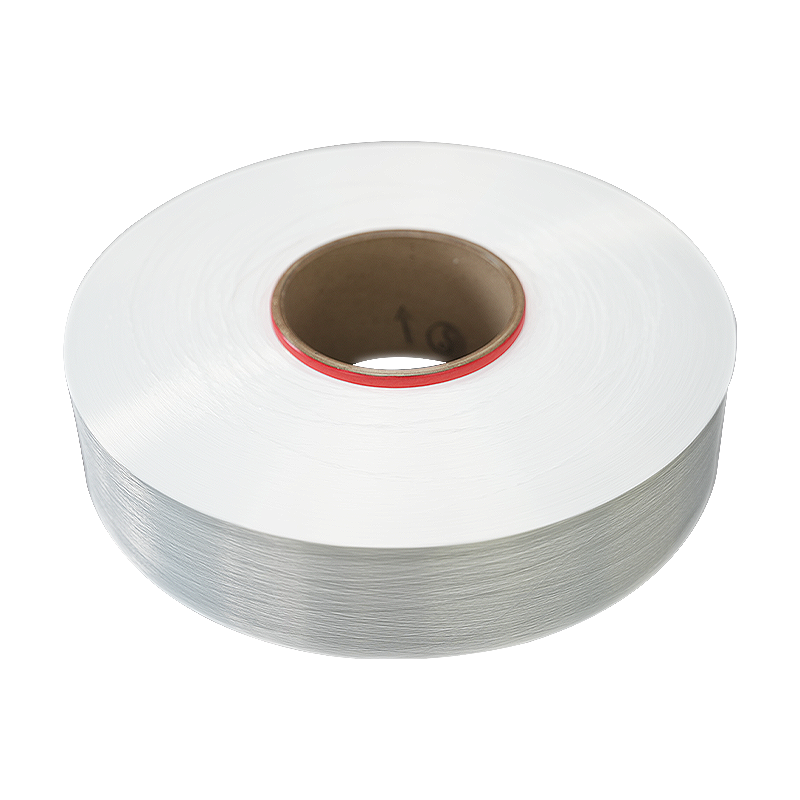
Low-melt textile FDY yarn can bond with other fibers at a certain temperature to form a strong fabric structure. This property makes it ideal for manufacturing synthetic or reinforced fabrics. This ki...
See Details
Composite woven FDY yarn mixes different types of fibers and has good wear resistance. The fabric made is not easy to wear and is suitable for long-term use. Composite woven FDY yarn has a wide range ...
See Details
Composite fiber yarn for textile use consists of 48 monofilaments. Relatively thin and composed of multiple filaments, it adds softness and texture to the fabric. This product is suitable for the manu...
See DetailsAddress: Duntou industrial park, haian county, nantong city,jiangsu province ,China.
TEL: +86 15850491859
E-mail: sales-betty@hsnylon.com
If You Are Interested In Our Products, Please Consult Us